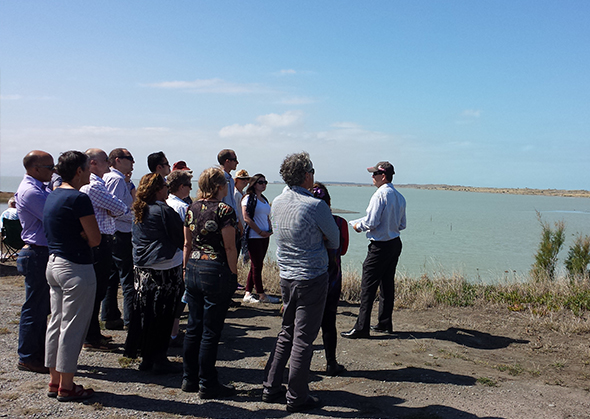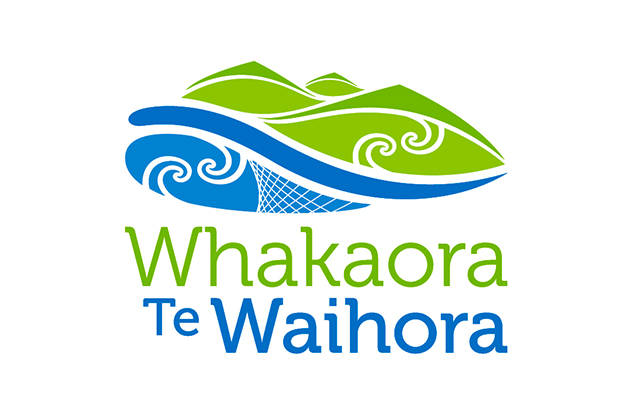As councils and Crown research institutes aim to fulfil their Treaty of Waitangi obligations to engage with iwi in decision-making processes, many are looking to refine how they engage with Māori.
Environment Canterbury Resource Management Officer, Katherine Hill has spent the last six years investigating Mātauranga Māori in science, to develop effective strategies that will merge traditional Māori knowledge with western science.
“Two-way information sharing is vital for collaboration and effective management, and as part of my research, I have tried to pinpoint what our organisation needs to be doing to develop successful iwi partnerships,” she says.
Mātauranga Māori is a cultural system of knowledge that relates to the comprehension and understanding about everything that is important to the lives of the people. Lessons learned in the past are added to the knowledge system and sometimes remembered in literary forms such as proverbs and stories. It is based on close observation of the environment over time and it grows and changes, and is constantly being reshaped, rebuilt and reinterpreted to fit in the world of contemporary Māori.
Katherine says Mātauranga Māori is a complex interweaving of values and belief systems that cannot be delivered in isolated units.
“It cannot be divorced from the cultural context from which it has arisen,” she says.
“For us it is about working with local rūnanga and iwi; it is not about using one to disprove the other. We should look at it as another tool in our toolbox and the interface space where Mātauranga Māori overlaps western science is where we should be working.”
Katherine advocates a cross-cultural engagement that focuses on the aspirations and goals of both parties.
“We need to talk and listen to rūnanga and we need to build our staff capacity so they can engage at rūnanga level. And we need to support our staff so they can understand Mātauranga Māori,” she says.
“The key to all of this is open dialogue, trust and respect.”
In the course of her research, Katherine looked at Whakaora Te Waihora, the Lake Ellesmere restoration partnership between Environment Canterbury and Te Rūnanga o Ngāi Tahu; and also at two bigger case studies – Landcare and NIWA. In all cases, she identified the importance of talking to rūnanga.
“That gives us another part of the picture – another strand of evidence. Mātauranga Māori provides a different perspective; it allows us the chance to see things in a different way and to engage with people who see things differently.”


Environment Canterbury and Whakaora Te Waihora staff join Papatipu Rūnanga members for a science update around the lake.
